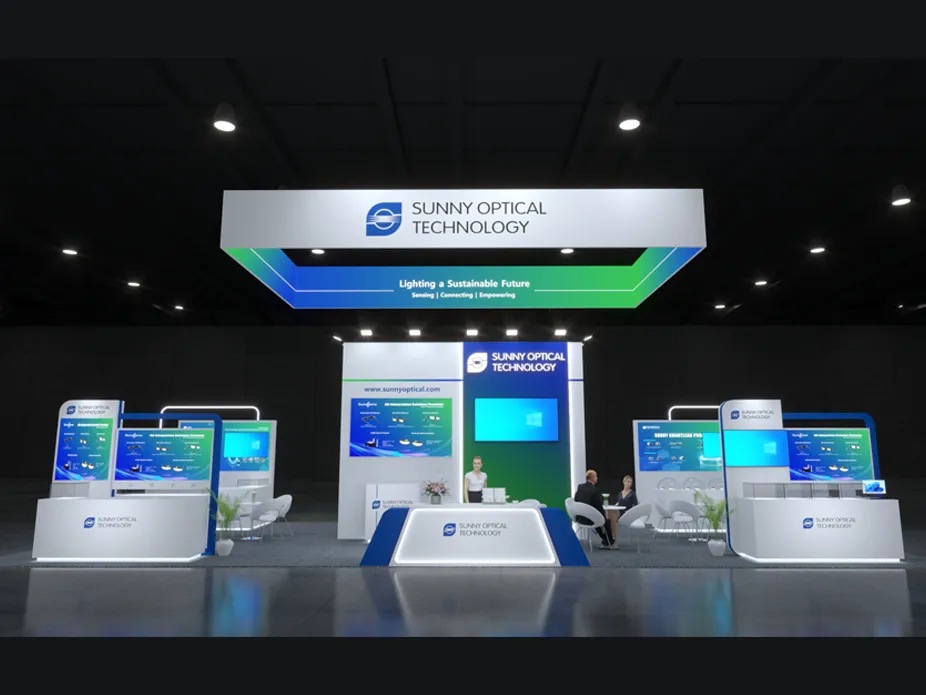In the early 1990s, cameras were first used in passenger car rearview systems. Today, after a long history, cameras are the pillar of vision-based perception in ADAS and autonomous driving systems.
With the increasing application of ADAS and the continuous development of technology, high-quality image sensors are placed inside and around the vehicle to support functions such as rearview, front view, interior monitoring and 360° panoramic view. Automotive camera lenses often have to exceed the visual capabilities of the human eye to achieve the required level of safety. The progress of semiconductor technology has greatly improved the ability of image detection and processing, thus expanding the scope of ADAS functions.
There are two main functions of automotive cameras in any vehicle: they are used to display images around the vehicle on the screen for visual applications, and cameras that provide decision inputs to the processing system serve sensing applications.
ADAS and autonomous driving functions require that the visual system be able to handle imaging, high-speed communication, and downstream image processing functions. Automotive vision systems driven by image recognition technology can effectively enhance the driver's vision, issue warnings before potential safety hazards occur, and then correct them by the driver or driver assist system.
Car camera lenses are ideal for vision-based object detection, such as other vehicles, pedestrians, cyclists, and traffic signals and road signs. Cameras are the only sensing technology that can perceive color and read traffic and road signs. Vision technology has matured and the price is quite affordable for many years.
In addition, the camera module is very compact and can be easily integrated into the vehicle. With advanced image processing technology, the camera provides highly reliable object detection and classification.
However, cameras have their own limitations: they do not work well in low light and adverse weather conditions, such as rain, fog, snow, and muddy driving conditions. Combining with other sensing technologies such as radar and lidar can compensate for these performance limitations.
Generally, the automotive camera module includes a lens, an image sensor, an image signal processor, and an image recognition platform. The lens is the most important optical component.
The function of the lens is to focus the image on the image sensor, which is crucial in determining image quality. In the automotive camera module, the lens is mounted on an optical housing, which is connected to a PCB board. The lens determines the image resolution, FOV, depth of field, color reproduction and overall sensitivity of the vision system.
Currently, considering driving safety, drivers need a wider field of view, and high-quality lenses with a wide field of view are the most popular lens types in automotive applications. However, choosing the most suitable lens is directly related to the image sensor used by the sensor. This affects the achievable capture speed, which in turn affects the measurement accuracy and reliability of downstream analysis of captured images.

【Exhibition Invitation】Visit us at CES 2026!
2025-12-10

Sunny Optical Gets Group LiDAR Standard Approved, Using Innovative Optical Solutions to Unlock Key Step in Mass Production
2025-11-25
![[Exhibition Invitation] Sunny Automotive Optech Invites You to the 26th China International Optoelectronic Exposition (CIOE 2025) [Exhibition Invitation] Sunny Automotive Optech Invites You to the 26th China International Optoelectronic Exposition (CIOE 2025)](/uploads/image/20250908/首图7.webp)
[Exhibition Invitation] Sunny Automotive Optech Invites You to the 26th China International Optoelectronic Exposition (CIOE 2025)
2025-09-08

Inquiry
Excellent Customer Service Ability
Key customer manager mechanism
Oversea supporting points
Excellent Process Control Ability
Fully automated production
DMC traceability management
VDA6.3 / IATF16949 verifications
Excellent R&D Ability
Advanced technology new product development cooperation
Cost-effective optical solution proposal based on customer needs
Ecosystem resource integration